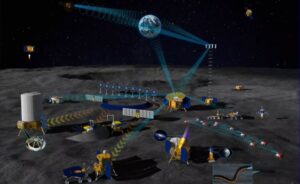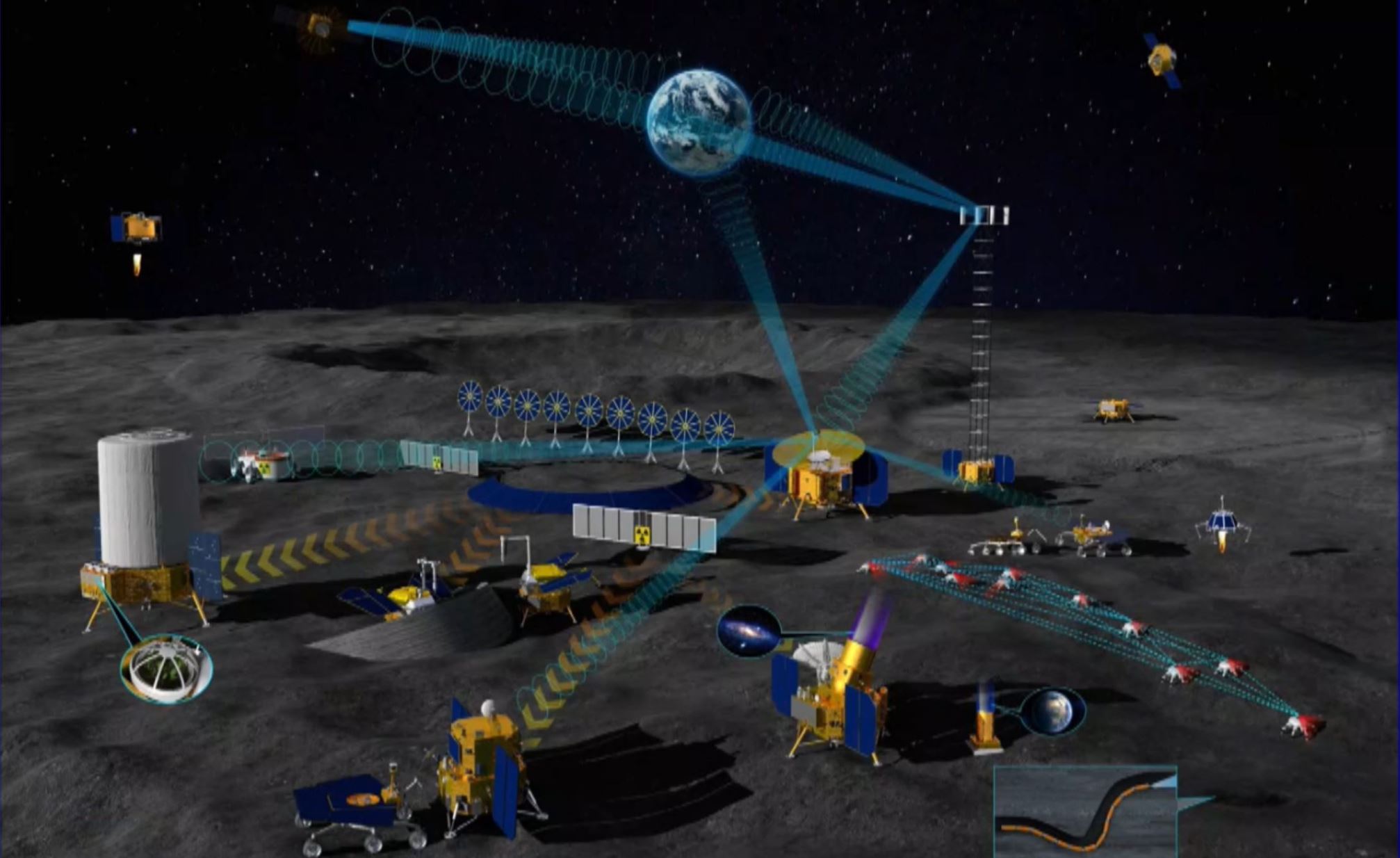New report recommends Space Force change how it buys commercial satellite services
Thursday, 07 September 2023 20:50
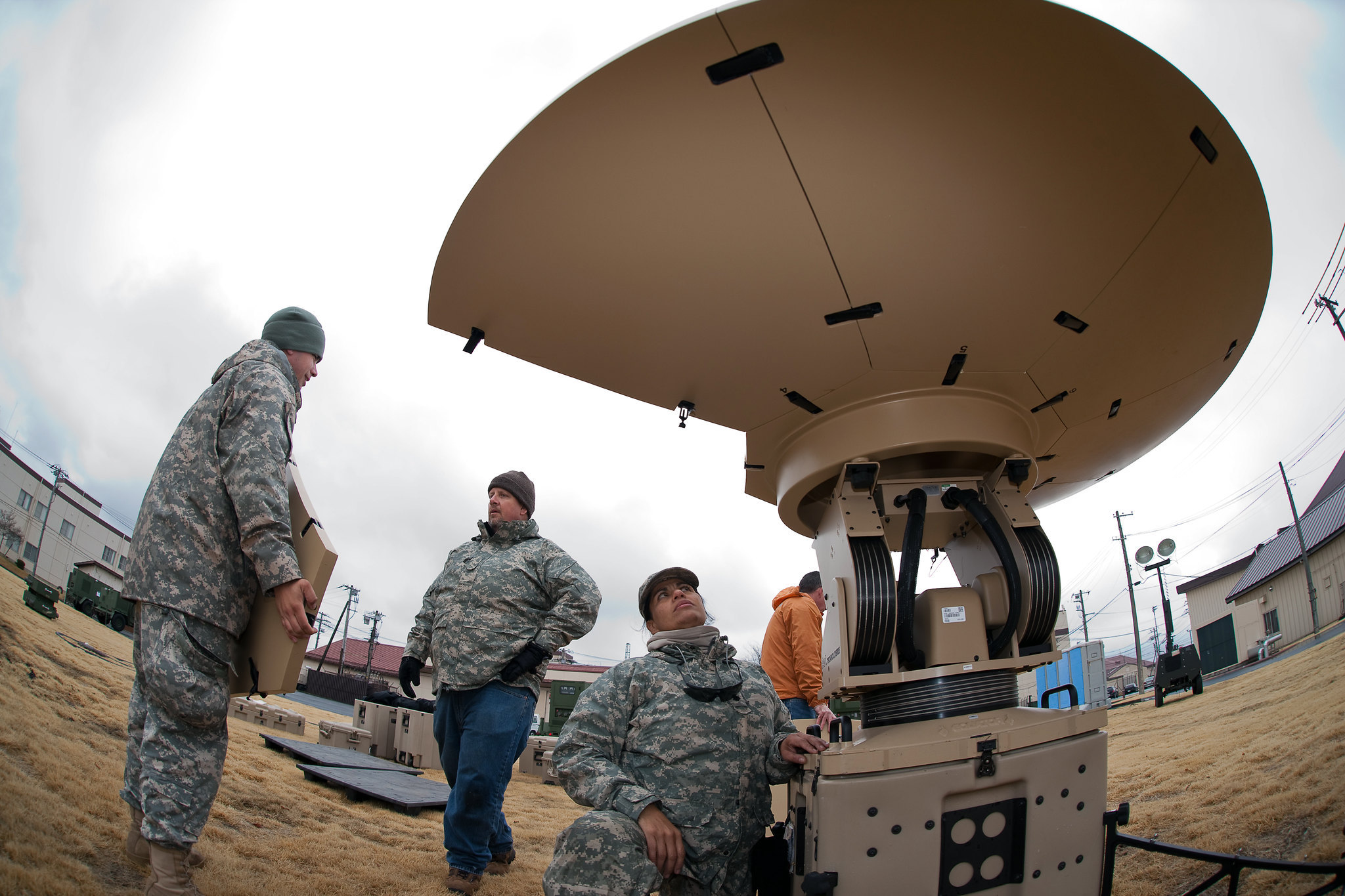
The Astronaut Center of China 90-d head-down bed rest: Overview, countermeasures, and effects
Thursday, 07 September 2023 19:26
When astronauts enter space, they are exposed to weightlessness. Physiological and psychological challenges are waiting ahead. They may have a puffy face and experience space motion sickness, cardiovascular deconditioning, muscle atrophy, and bone loss.
Moreover, long-term spaceflight has been shown to result in 83% of astronauts with post-flight orthostatic intolerance. For such problems, exercise countermeasures can be the primary approach to resolve these changes. Head-down bed rest (HDBR) simulates physiological effects in weightlessness and is widely used in countermeasure testing, and efficacy of exercise interventions has been widely studied in HDBR with different periods as well.
Usually, the long-term bed rest experiment is completed in stages, and a positive control of separated exercise countermeasures rarely tests at the same time in these experiments.
A method for traction ability research of rover wheels on mixed planet terrain with movable stones
Thursday, 07 September 2023 19:24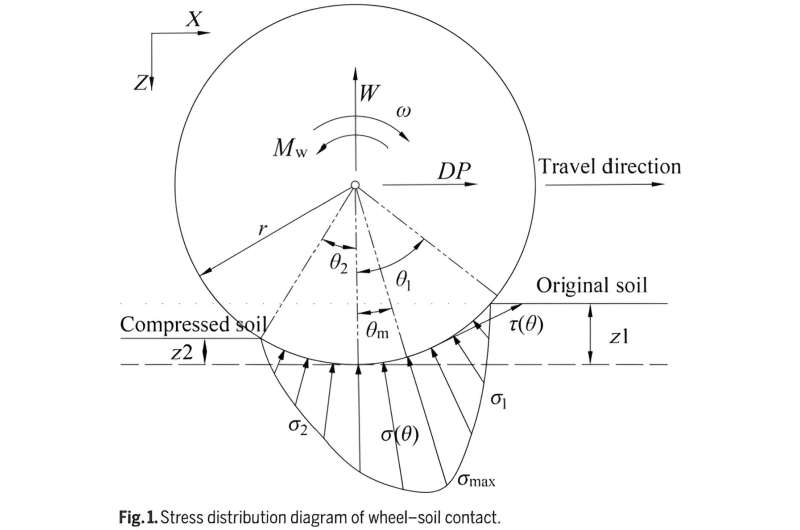
The Chang'e-6/7/8 exploration mission has been announced officially by China recently, and the international lunar and Mars research station plans will be carried out within the 2030s. It can be predicted that China's future lunar and Mars surface exploration activities will last longer, have a larger exploration range, and have a more complex terrain to traverse and explore, which will pose severe challenges to the working performance of the planet rover and its adaptability to the planet surface environment.
One of the key problems will be to study the relationship between the mechanical properties of planet soil and the traction performance of the planet rover's wheels. The mixed terrains of terramechanics research are mainly composed of static stones and loose soil.
Whereas, the movement behavior of stones is often ignored while analyzing the influence of the wheel's traction performance caused by mixed terrain.
An artificial star for testing the optical performance of startrackers
Thursday, 07 September 2023 16:40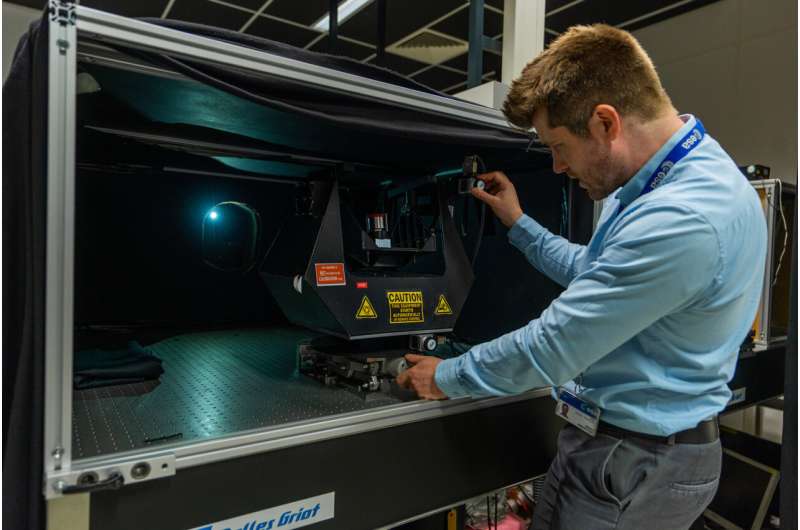
Like mariners of old, spacecraft steer by the stars—using combinations of telescopes, cameras and computers called startrackers to recognize stellar constellations to calculate their own position in space.
The test bench seen here generates an artificial star-like light source to test the optical performance of startrackers.
Part of the Guidance and Navigation Control (GNC) Attitude and Orbit Control (AOCS), and Pointing Laboratory, based at ESA's ESTEC technical center in the Netherlands, this test bench combines a two-axis precise rotating table with a single star simulator—simulating the light coming from infinity from a star of a given brightness and color.
Produced in house by the lab team, the purpose of this facility is to characterize or calibrate a startracker in terms of distortion, chromatic aberration and other optical variables.
The GNC, AOCS and Pointing Lab works on manner of technologies related to a spacecraft's ability to derive its orientation and location in space. It is one of a suite of ESA technical labs addressing all aspects of spaceflight.
Provided by European Space Agency
Thumbs up for training
Thursday, 07 September 2023 15:32 Image:
ESA project astronaut Sławosz Uznański from Poland inside the Columbus mockup at EAC.
Image:
ESA project astronaut Sławosz Uznański from Poland inside the Columbus mockup at EAC. Relativity Space expands presence at NASA’s Stennis Space Center
Thursday, 07 September 2023 14:56

Integrated resilient missile warning, tracking and defense
Thursday, 07 September 2023 14:48

International Space Station tests show that a surface treatment can help prevent formation of biofilms in space
Thursday, 07 September 2023 12:55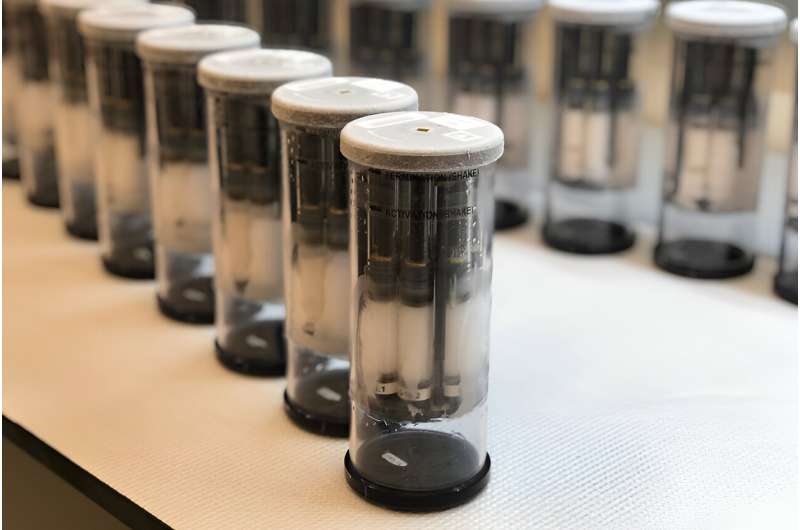
After exposure in space aboard the International Space Station, a new kind of surface treatment significantly reduced the growth of biofilms, scientists report. Biofilms are mats of microbial or fungal growth that can clog hoses or filters in water processing systems, or potentially cause illness in people.
Redwire demonstrates bioprinting human tissue in space
Thursday, 07 September 2023 10:30

Japan launches telescope and moon lander following weather delays
Thursday, 07 September 2023 09:57 The Japanese Aerospace Exploration Agency successfully launched a rocket Wednesday, with a high-powered X-ray telescope and moon lander on board, after the launch was scrubbed late last month due to high winds.
The H-2A rocket lifted off on time, at 7:42 p.m. EST, or 8:42 a.m. local time, from the Tanegashima Space Center in Japan, and deployed the space telescope on schedule.
"We ha
The Japanese Aerospace Exploration Agency successfully launched a rocket Wednesday, with a high-powered X-ray telescope and moon lander on board, after the launch was scrubbed late last month due to high winds.
The H-2A rocket lifted off on time, at 7:42 p.m. EST, or 8:42 a.m. local time, from the Tanegashima Space Center in Japan, and deployed the space telescope on schedule.
"We ha Japan launches 'Moon Sniper' mission
Thursday, 07 September 2023 09:57 Japan's "Moon Sniper" mission blasted off Thursday as the country's space programme looks to bounce back from a string of recent mishaps, weeks after India's historic lunar triumph.
Only the United States, Russia, China and as of last month India have successfully landed a probe on the Moon, with two failed Japanese missions - one public and one private.
Watched by 35,000 people online,
Japan's "Moon Sniper" mission blasted off Thursday as the country's space programme looks to bounce back from a string of recent mishaps, weeks after India's historic lunar triumph.
Only the United States, Russia, China and as of last month India have successfully landed a probe on the Moon, with two failed Japanese missions - one public and one private.
Watched by 35,000 people online, SpaceX awaits FAA approval for Starship launch
Thursday, 07 September 2023 09:57 Elon Musk said Tuesday that SpaceX is ready to launch a second test flight of its Starship and awaits Federal Aviation Administration approval nearly five months after the first test in Texas exploded over the Gulf of Mexico.
The updated Starship, the most powerful rocket ever built, was rolled out to the launching pad where it will wait for FAA approval before setting a new date for li
Elon Musk said Tuesday that SpaceX is ready to launch a second test flight of its Starship and awaits Federal Aviation Administration approval nearly five months after the first test in Texas exploded over the Gulf of Mexico.
The updated Starship, the most powerful rocket ever built, was rolled out to the launching pad where it will wait for FAA approval before setting a new date for li Terran Orbital announces plan to speed up satellite production
Thursday, 07 September 2023 09:30

Sławosz Uznański from Poland to train as a project astronaut at the European Astronaut Centre
Thursday, 07 September 2023 07:51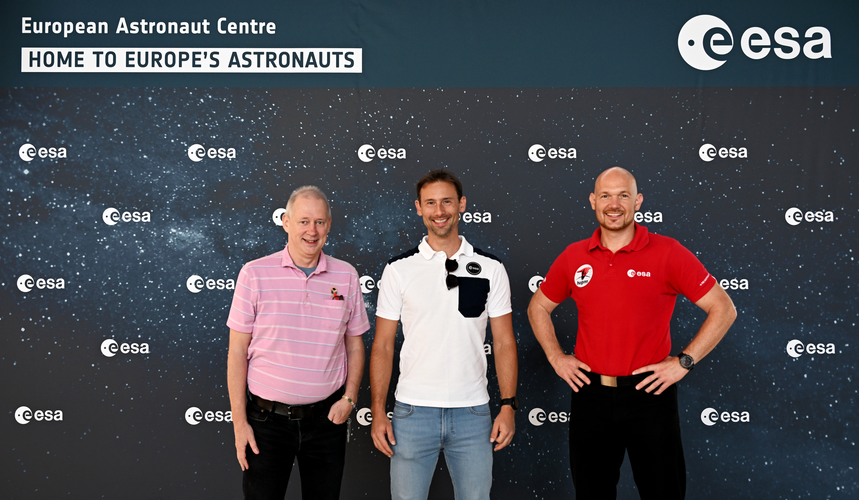
As of 1 September 2023, Sławosz Uznański joined ESA as a project astronaut anticipating flying on a future space mission.


